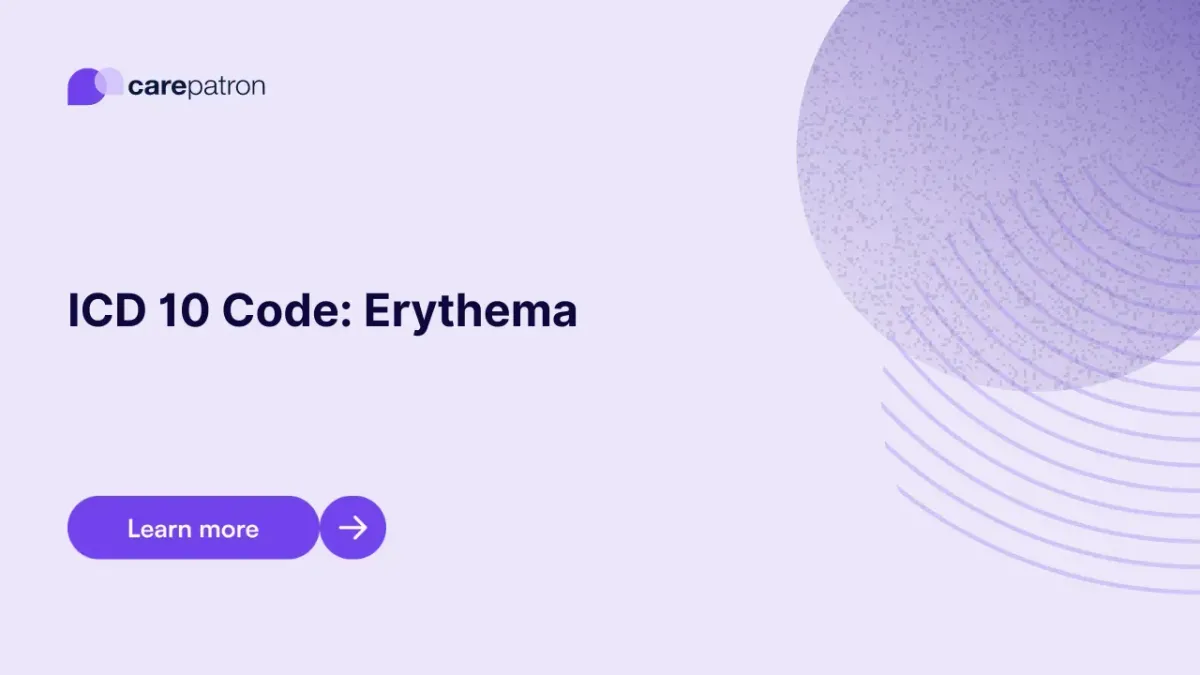
Erythema ICD-10-CM Codes | 2023
Read this short guide to learn about Erythema ICD codes you can use!
Use Code
Commonly asked questions
Erythema by itself is not contagious. If the underlying cause is an infection, others can be infected by it and get erythema.
The most common types of Erythema include solar erythema, erythema multiforme, erythema nodosum, and erythema migrans.
It depends on the type of Erythema. Some types go away independently, but some might require topical steroids, antibiotics, and antifungals. Professionals will first determine the underlying cause and treat it accordingly.
EHR and practice management software
Get started for free
*No credit card required
Free
$0/usd
Unlimited clients
Telehealth
1GB of storage
Client portal text
Automated billing and online payments
